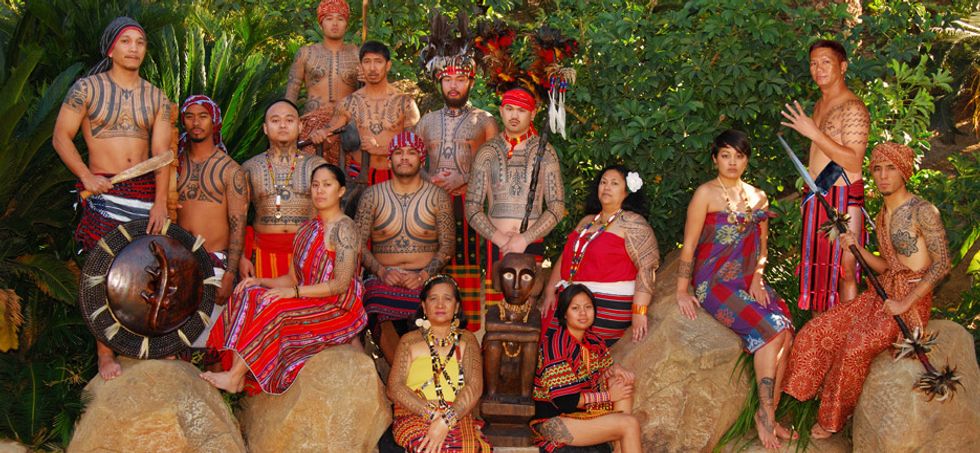Tattoos are presently looked down upon in most Asian cultures; but they shouldn't be.
Ask any young Asian American what their parents think of tattoos and the response is almost always negative. Older generations seems to have quite an aversion to this permanent body modification, despite its rich ties to various Asian cultures. While Asian-inspired body art is widespread in more embracing countries, and is a beloved souvenir by more adventurous tourists while visiting various Asian countries, tattoos do not hold the same welcome in many of our ethnic households.
To understand, we'll examine the ways tattoos have been viewed in our parents' and grandparents' life, and how this has changed over time.
Tattoos' rich history in Asia has ancient beginnings. Tattoos were brought to Japan and incorporated into their burial rituals around 3000 BC. The earliest tattooed mummies in Asia were uncovered in Western China, showing early records of tattoos thriving as an art form in East Asia as early as 2000 BC. Japanese Horis (tattoo masters) were great inspiration for the Chinese, and developed the art of tattooing for self-adornment rather than spiritual purposes. In pre-colonial Southeast Asia, tattoos symbolized rank and accomplishments in island settlements such as the Philippines. The art of tattoos in the small archipelago was first documented by Spanish colonizers, who dubbed the natives "Los Pintados", "The Painted Ones", mistaking their tattoos for paint. They were used to adorn chiefs and warriors.
However, more recent history has let tattoos fall into a bad light in the countries in which it once prospered. In the Edo period, tattoos became a form of punishment for criminals. At the end of Japan's Meiji era, tattoos were outlawed and "Irezumi", traditional Japanese tattooing gained an image of criminality.
Even at the end of tattoo prohibition in the 1940s, many people emerging from the period with tattoos were now marked as criminals, or some sort of underground deviant. At the same time, missionary efforts in Southeast Asian countries like the Philippines began to discourage tattoos.
Because of this, many people in their 60s today do not have tattoos, and do not condone them in their own children. Coupled with the growing trend of prison tattooing, having this body modification in Asia grew to be associated with gangs, crime, or the yakuza.
Today in the West, tattoos are a very popular form of self-expression. In fact, Americans spend about 1.65 billion dollars a year on tattoos. Americans from different cultural backgrounds often get tattoos symbolic of their cultures as a permanent reminder of their roots. It's also quite popular for Western tourists to get tattoos inspired by places they have visited in Asia, and today, the most searched language for tattoo inspirations is Japanese.
Young tattooed Asian Americans are relearning the traditions behind tattoos in their culture, often sporting symbolic tribal art, or words in their native language. I, for one, hope for a future when this art is once again admired by our parents and grandparents as we showcase the glory of our ancestors and their ornately adorned skin.




















